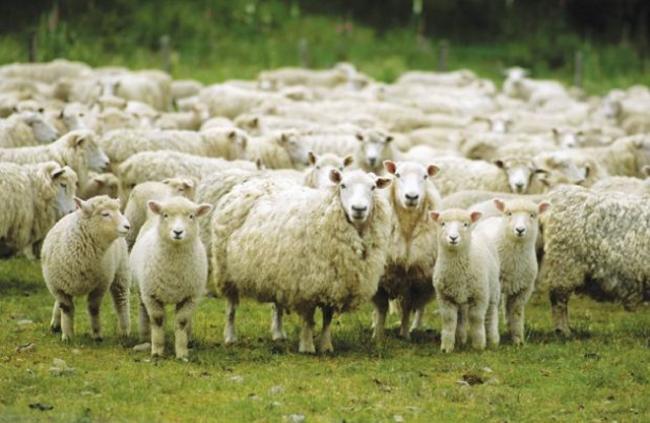Organization and Reposition of the sheep dairy chain of the Sannio Apennines

Promote and contribute to the development of the Samnite sheep sector through the organization and repositioning of the dairy supply chain in order to improve the income capacity of livestock enterprises and improve, from a technological and organizational point of view, the stages of the sheep dairy supply chain through process innovation interventions.
Improve animal welfare and the quality of products of animal origin (milk and its derivatives).
Identify and define new production strategies for processing high profile sheep milk that are unique and recognizable by the consumer.
1. Identification of good practices for the breeding and management of hospitalizations;
2. Formulation and characterization of new diets integrated with natural molecules with high functional value for lactating sheep;
3. Monitoring of animal welfare and health;
4. Identification of innovative and conservative cheesemaking strategies of traditional pastoralism;
5. Evaluation of the nutritional and functional quality of milk and cheeses;
6. Molecular analysis of the promoter region of the β-lactoglobulin gene and research of transcription factors;
7. Dissemination and disclosure.
The sheep farms in Benevento represent 34% of the regional scenario, with an interesting demographic distribution that counts 46968 animals reared in 1081 farms located in the hilly and mountain areas of the Samnite province (Fortore, Titerno, Alto Tammaro and Taburno). The average number of animals bred is between 50 and 500 but there is no lack of farms with over 1000 animals bred. The Samnite sheep sector, although well represented by a large sheep population, suffers from the managerial and organizational inefficiencies of the supply chain that are still not very inclined to technological innovations. The achievement of the objectives implies the need to intervene with innovative and improving solutions for the production processes of sheep's milk and dairy products. In other words, the aim of this project is to contribute to the growth of the Samnite sheep sector which bases its potential on animal welfare and on the quality of fresh fodder on medium and high hill pastures of excellent nutraceutical and nutritional qualities with the primary objective of increasing company competitiveness and conquering more profitable market segments.
Introduction of intangible (cultural) and material innovation based on scientific importance about the beneficial contribution of diets rich in phytochemicals to the welfare of animals in zootechnical production.
Formulation of innovative diets, through the selection of pasture-meadows, and the effects on the quality of milk and cheeses due to the integration of bioactive molecules extracted from plant matrices.
Technological transfer of the cheesemaking and study phases of β-Lactoglobulin and possible use in production traceability;
Evaluation of the structural characteristics of pecorino cheeses and their molecular quality for nutraceutical purposes and potential human health effects.
EXPECTED RESULTS
- Improvement of general animal welfare conditions;
- Improvement of the sanitary quality of the quality of milk and dairy products;
- Improvement of the nutritional fraction and increase in unsaturated fatty acids of milk;
- Elimination of pasta and crust defects of the Samnite pecorino;
- Increase in dairy yield;
- Enhancement of the beneficial molecular fraction in cheeses.
| Titolo/Descrizione | Url | Tipologia |
|---|---|---|
|
Video del progetto
|
Link ad altri siti che ospitano informazioni del progetto
|
|
|
Sito web del progetto
|
Sito web
|